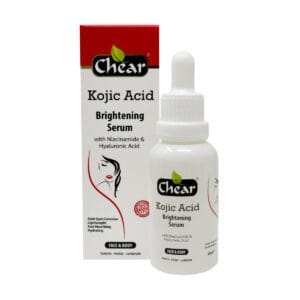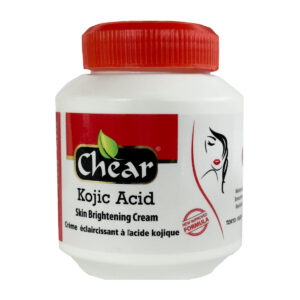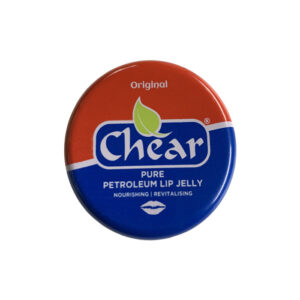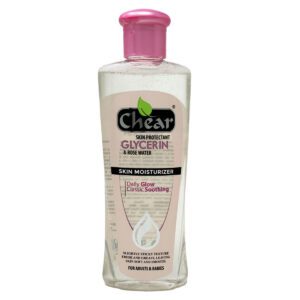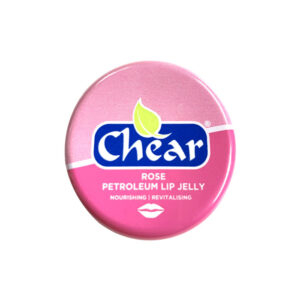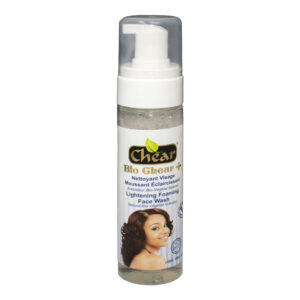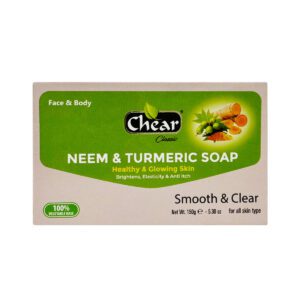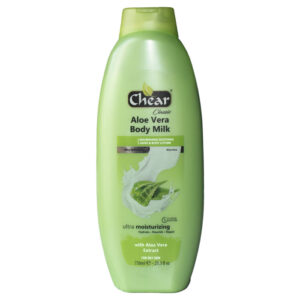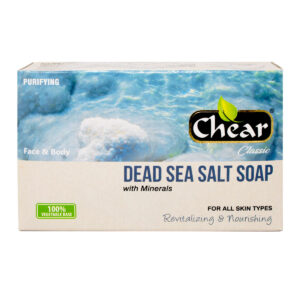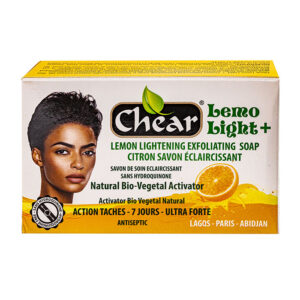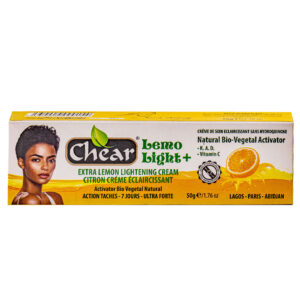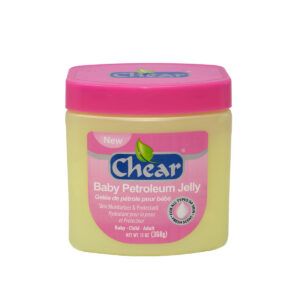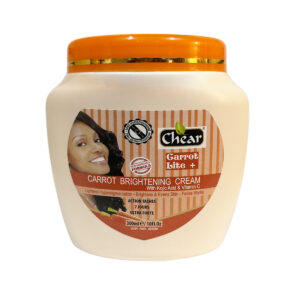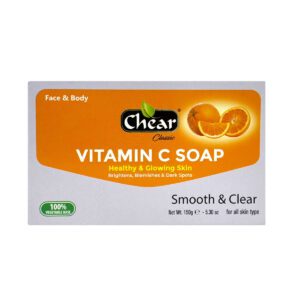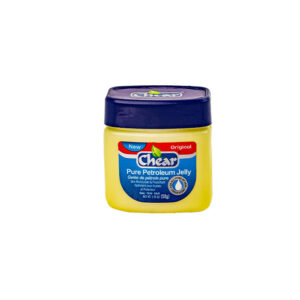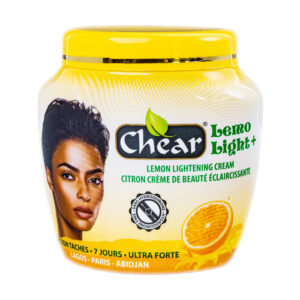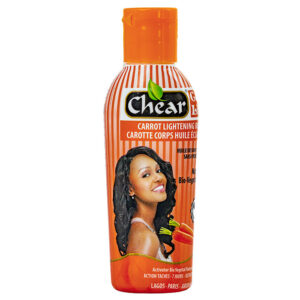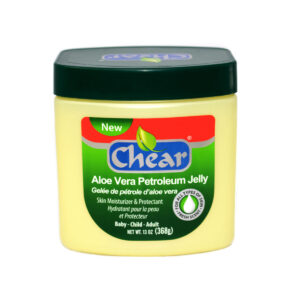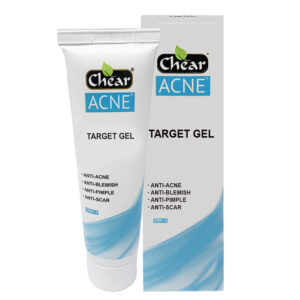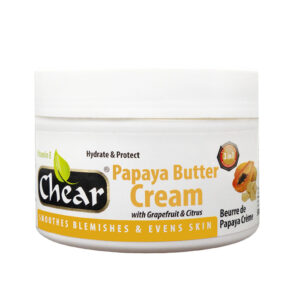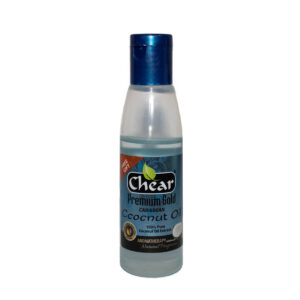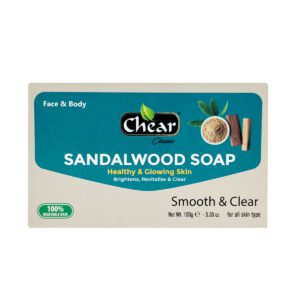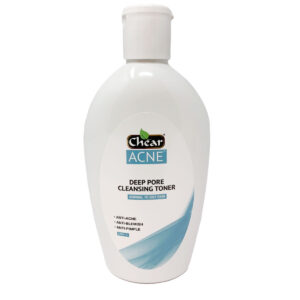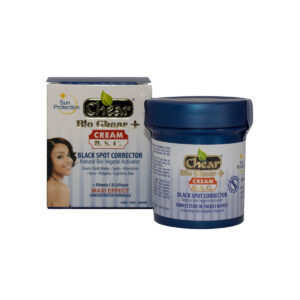- Home
- Beauty Tips
- Kojic Acid Melanin Control
Kojic Acid Melanin Control
Your Path to Even, Radiant Skin
Master kojic acid melanin control for brighter skin. Discover how Chear’s Kojic Acid range safely inhibits melanin production, fades dark spots, and evens tone. Science backed results! Shop now for glowing confidence!
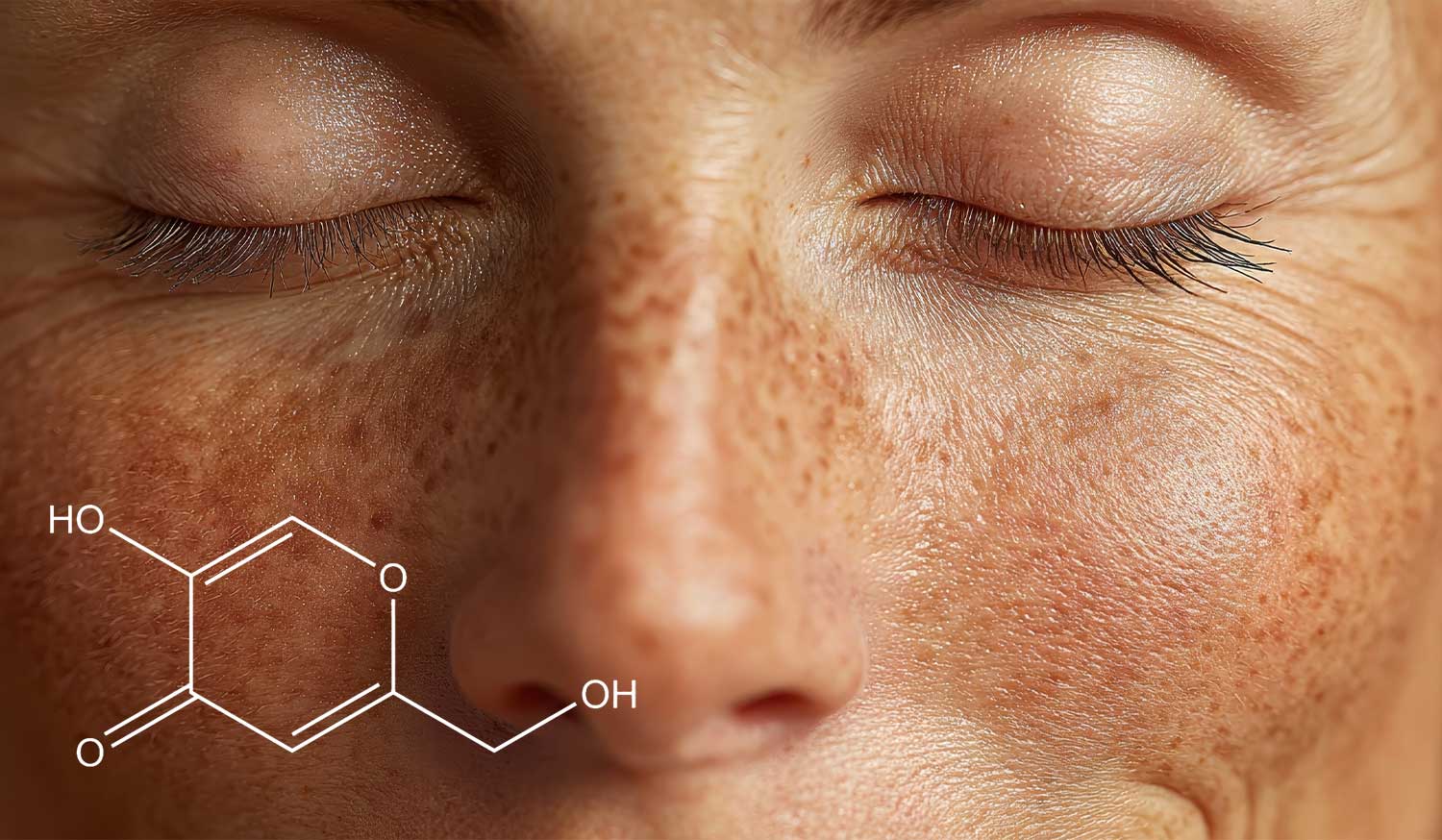
Unlock Brighter Skin with Kojic Acid Melanin Control
Imagine waking up to a reflection that radiates an even tone, with no stubborn dark spots or uneven patches from sun exposure or hormonal fluctuations. For many, hyperpigmentation steals that glow, but kojic acid melanin control offers a game-changing solution.
Derived from natural fungi, kojic acid targets melanin, the pigment behind our skin colour. Unlike harsh bleaches, it gently inhibits overproduction, promoting luminous results. When paired with innovative formulas like Chear Beauty’s Kojic Acid range, you get professional-grade lightening that’s safe, effective, and tailored to UK skin concerns, such as post-acne marks or melasma.
In this research-backed guide, we’ll dive deep: What is melanin? What is kojic acid? How does it reduce melanin? Why does some skin overproduce it? And why sunscreen is non-negotiable. Finally, explore Chear’s lineup, your ultimate ally for kojic acid melanin control. Backed by medical journals, NHS insights, and safety reviews, this isn’t hype, it’s science. Let’s brighten up!
What is Melanin? The Guardian Pigment Gone Rogue
Melanin is your skin’s natural defence against the sun’s harmful rays. Produced by melanocytes in the epidermis, it absorbs UV rays, preventing DNA damage and giving us our unique tones, from fair freckles to deep chocolate. There are two main types: eumelanin (brown-black, protective) and pheomelanin (red-yellow, less shielding).
However, when melanin overproduces, hyperpigmentation occurs: melasma (hormonal masks), post-inflammatory marks (resulting from acne or injury), or solar lentigines (age spots). In fact, the NHS notes that these patches arise from excess melanin triggered by sun exposure, inflammation, or hormones.
Why care? Uneven melanin dims confidence and accelerates ageing. Fortunately, understanding it empowers control, enter kojic acid.
What is Kojic Acid? Nature’s Skin-Brightening Secret
Kojic acid (5-hydroxy-2-(hydroxymethyl)-4H-pyran-4-one) is a byproduct of fermenting. Discovered in the 1900s, it’s a white, water-soluble powder with a creamy scent, stable, versatile, and used in cosmetics as gold.
Unlike synthetic whiteners, kojic acid is biodegradable and multifunctional, serving as an antioxidant, antimicrobial, and preservative. CosmeticsInfo.org confirms its role in brightening formulations. EWG’s Skin Deep rates it as a low-to-moderate hazard.
Its magic lies in melanin disruption; let’s break it down.
How Kojic Acid Achieves Superior Melanin Control
Kojic acid melanin control works by chelating copper ions, which are essential for tyrosinase, the rate-limiting enzyme responsible for converting tyrosine to melanin. In simple terms: No active tyrosinase, no excess pigment.
Scientific proof abounds:
- PubMed studies show that kojic acid reduces melanin in B16 melanoma cells by 50-70% at low doses.
- It inhibits both basal and UV-stimulated melanogenesis.
- Additionally, esters like kojic dipalmitate penetrate deeper for lasting results.
Step-by-step benefits:
- Blocks tyrosinase → Less DOPAquinone → Reduced melanin.
- Fades spots in 4-8 weeks.
- Even tone without irritation (at 1-2%).
Compared to hydroquinone (banned in the UK for over-the-counter use), kojic is gentler and non-carcinogenic.
Why Are Some People Prone to Overstimulated Melanin Production?
Not all skin is equal. Genetics play a huge role: South Asian, Mediterranean, or Black skin types (Fitzpatrick III-VI) produce more melanin for UV protection, but overreact to triggers.
Common culprits:
- Sun/UV: 80% of hyperpigmentation.
- Hormones: Pregnancy (melasma), PCOS, birth control.
- Inflammation: Acne, eczema, and post-inflammatory hyperpigmentation can all cause the skin to darken.
- Ageing/Oxidation: Free radicals spike tyrosinase.
NHS highlights: Obesity and diabetes linked to acanthosis nigricans via insulin-driven melanin. If you’re prone, proactive kojic acid melanin control + prevention is key.
Should You Use Sunblock for Melanin Control? Yes, Here’s Why
Sunscreen is melanin management’s MVP. UV rays (UVA/UVB) trigger tyrosinase, ramping production, even indoors via windows.
Evidence:
- SPF 30+ cuts UV-induced melanin by 90%.
- Broad-spectrum blocks both rays; mineral (zinc/titanium) is suitable for sensitive skin.
Pro tip: Layer over kojic products. Reapply every 2 hours. UK summers (and winters!) demand it: the NHS urges SPF 50 for all.
Multi-angle: Darker tones need it too; melanin offers a partial shield, but cancer risk persists.
How Chear’s Kojic Acid Range Delivers Unmatched Melanin Control
Enter Chear Beauty: crafted, affordable luxury targeting kojic acid melanin control. Their range harnesses pharmaceutical-grade kojic with ingredients known to brighten and amplify results.
Cleanse while brightening the skin.
Kojic Acid Exfoliating Cleansing Body Wash For Brightening Skin 1000ml
Daily brightening for all-over glow, evens skin and fades marks.
Safety First: Science-Backed Assurance for Kojic Acid
CIR Expert Panel: Safe up to 2% in leave-on; 1% rinses off. For rare irritations, always conduct a patch test.
NHS caution: Avoid unregulated bleaches
Pregnant? Consult a GP or consider a mild alternative, such as lactic acid.
Final thoughts: Embrace Kojic Acid Melanin Control Today
Kojic acid melanin control isn’t a trend; it’s transformative science for even, youthful skin. With Chear, you get proven power minus the price tag. Ready to glow? Shop the Kojic Acid Collection now.
Your radiant future starts here!
High-Quality UK Reference Links
- NHS: Melasma (British Association of Dermatologists Patient Info)
- NHS: Vitiligo Treatment & Sun Protection
- NHS: Acanthosis Nigricans Causes
- PCDS: Facial Hyperpigmentation Guidelines
Sources verified October 2025. Always patch test & consult a dermatologist.

Chear Beauty @ Sonik Products Ltd | Company No: 3184821
Chear Beauty @ Sonik Products Ltd, Block C, Woodside End, Wembley Alperton, Middlesex HA0 1UR


